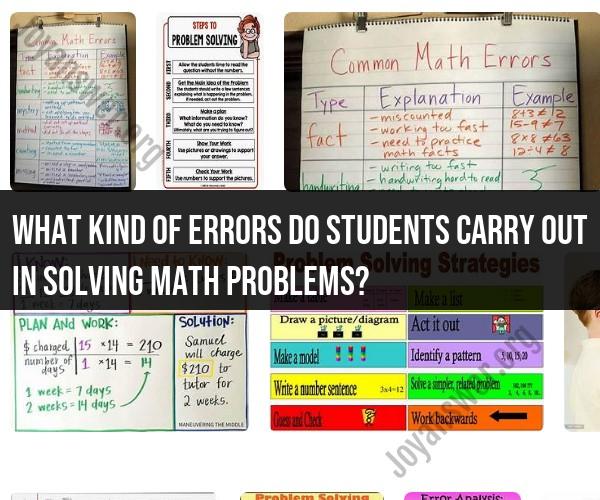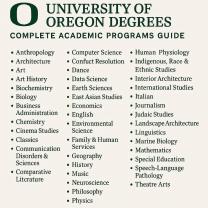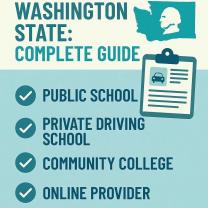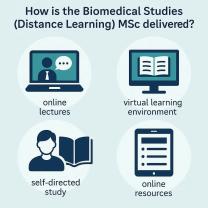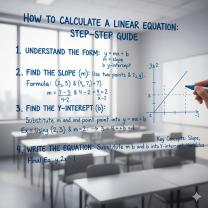What kind of errors do students carry out in solving math problems?
Students can make a variety of errors when solving math problems, and these errors often fall into common categories. Identifying and understanding these types of errors can be helpful for educators and students alike. Here are some common types of errors students may make when solving math problems:
Calculation Errors:
- Arithmetic Mistakes: Students may make errors in basic arithmetic operations, such as addition, subtraction, multiplication, or division.
- Misalignment: Improper alignment of numbers when performing calculations can lead to errors.
- Decimal Point Errors: Misplacing or omitting decimal points can result in incorrect answers.
Transcription Errors:
- Copying Mistakes: Students might make errors when copying numbers or equations from one part of the problem to another.
- Data Entry Errors: Errors can occur when entering data into calculators or computer software.
Misunderstanding the Problem:
- Misinterpreting Language: Misunderstanding the wording of a problem can lead to incorrect problem-solving approaches.
- Ignoring Relevant Information: Students may overlook important information or data within the problem statement.
- Incorrectly Identifying the Unknown: Choosing the wrong variable or quantity to solve for can result in incorrect solutions.
Algebraic Errors:
- Errors in Expanding or Simplifying Algebraic Expressions: Students may make errors when simplifying or expanding algebraic equations.
- Mistakes in Applying Algebraic Rules: Misapplying rules of algebra, such as the distributive property or order of operations, can lead to errors.
Conceptual Errors:
- Misconceptions: Students may have misconceptions about mathematical concepts, which can result in incorrect problem-solving strategies.
- Incomplete Understanding: A lack of a complete understanding of a concept can lead to errors when applying it to problems.
Units and Conversions:
- Unit Errors: Failing to use consistent units or converting units incorrectly can lead to errors in problems involving measurement and units.
Rounding and Approximation:
- Rounding Errors: Rounding numbers prematurely during calculations can lead to imprecise results.
- Over-Approximation or Under-Approximation: Students may round numbers up or down too liberally, affecting the accuracy of their answers.
Skipping Steps:
- Incomplete Work: Skipping essential intermediate steps in a multi-step problem-solving process can lead to errors.
- Failure to Check Answers: Neglecting to check the final answer for correctness can result in unnoticed errors.
Carelessness and Lack of Attention:
- Simple Oversights: Careless mistakes, such as writing down the wrong number or overlooking a detail, can lead to errors.
Misapplication of Formulas:
- Using the Wrong Formula: Applying an incorrect formula or using the right formula inappropriately can lead to incorrect results.
Graphical Errors:
- Plotting Errors: Errors in plotting points on graphs can lead to inaccurate graphical representations of data.
Lack of Practice: Sometimes, students make errors simply because they haven't practiced enough or lack confidence in their math skills.
To reduce these types of errors, students can benefit from practicing regularly, paying close attention to problem wording, double-checking their work, and seeking help or clarification when they encounter difficulties. Educators can also play a crucial role in helping students identify and correct their errors by providing constructive feedback and additional practice opportunities.
Common Math Problem-Solving Errors: Identifying Student Mistakes
There are a number of common math problem-solving errors that students make. Some of the most common errors include:
- Careless errors: These are errors that are made due to carelessness or lack of attention. Examples include copying the problem incorrectly, making a mistake in a calculation, or forgetting to carry the digit.
- Conceptual errors: These are errors that are made due to a lack of understanding of the mathematical concept at hand. For example, a student may not understand how to solve a particular type of problem or they may not understand the meaning of a particular mathematical symbol.
- Procedural errors: These are errors that are made due to a lack of understanding of the steps involved in solving a math problem. For example, a student may not know how to use a particular mathematical operation or they may not know how to solve a problem in a particular order.
Math Mistakes: Analyzing Errors in Student Problem Solving
It is important to be able to identify and analyze student math errors in order to be able to help them overcome these errors. When analyzing a student's error, it is important to consider the following:
- What is the nature of the error? Is it a careless error, a conceptual error, or a procedural error?
- What are the underlying causes of the error? Is the student lacking in knowledge or skills? Is the student having difficulty understanding the mathematical concept? Is the student struggling with the problem-solving process?
- What strategies can be used to help the student overcome the error? Depending on the nature and cause of the error, there are a variety of strategies that can be used to help the student. For example, if the student is making careless errors, they may need to be reminded to be more careful and to check their work. If the student is having difficulty understanding a mathematical concept, they may need additional instruction or support.
Learning from Errors: Student Challenges in Math Problem Solving
It is important to remember that everyone makes mistakes, even adults. Mistakes are a natural part of the learning process. When students make mistakes in math, it is important to help them to learn from those mistakes.
One way to help students learn from their mistakes is to encourage them to analyze their errors. This can help them to identify the underlying causes of their errors and to develop strategies for avoiding those errors in the future.
Another way to help students learn from their mistakes is to provide them with opportunities to practice solving math problems. With practice, students will become more proficient in solving math problems and they will be less likely to make mistakes.
Here are some additional tips for helping students learn from their math mistakes:
- Create a positive learning environment. Students should feel comfortable making mistakes in your classroom. Let them know that it is okay to make mistakes and that everyone makes mistakes.
- Encourage students to explain their reasoning. This can help you to identify the underlying causes of their errors and to develop strategies for helping them to overcome those errors.
- Provide students with feedback on their work. This feedback should be specific and constructive. It should help students to identify their errors and to learn from them.
- Give students opportunities to revise and resubmit their work. This can help students to correct their errors and to improve their understanding of the material.
By following these tips, you can help students to learn from their math mistakes and to become more proficient in math problem solving.
